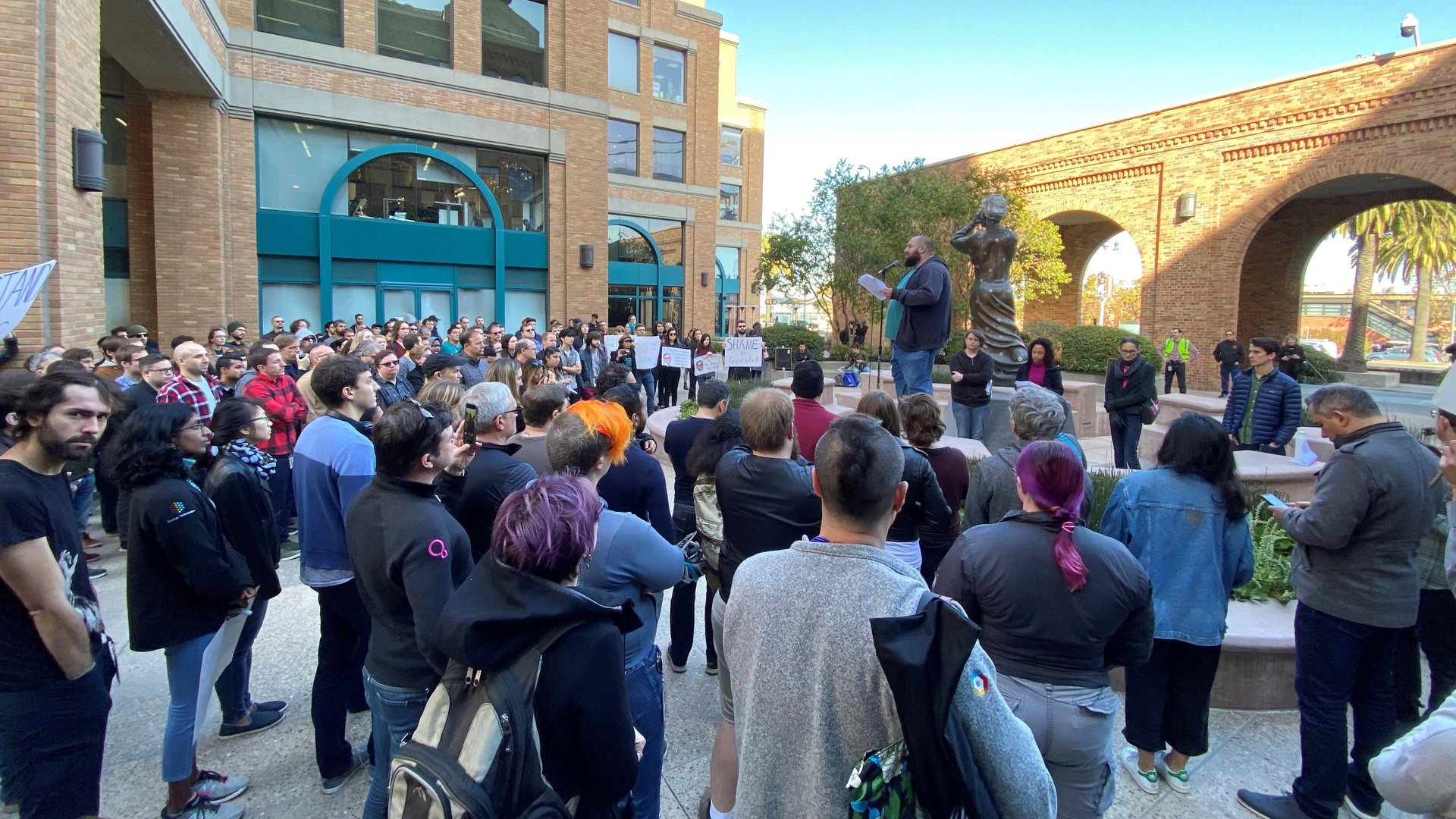Indian H1-B visa holders may be the worst hit by the US tech layoffs
Many Indian workers have grown roots in the US over long years, and they now fear being uprooted

More than 62,000 Indians have reportedly lost their jobs in the US this year till now. This has left them, especially the H-1B visa holders, desperate under the threat of being forced out of the country.
Foreigners can’t stay back in the US for more than 60 days after losing a job. Hundreds of Indians, facing a major disruption of their settled lives, are now looking for new jobs before this grace period ends.
A recruitment freeze is also on in the US
Since the pandemic, the work culture in the US, especially at tech conglomerates such as Google, Apple, Facebook, and Twitter, seems to have deteriorated due to issues like privacy concerns, mistreatment of workers, leadership crises, and underperforming stocks.
Thousands of employees have been laid off by US companies this year.
Those who lost their jobs have reportedly not been getting enough guidance from their original sponsors either. Meta informed its laid-off employees that visa holders will be given assistance from “dedicated immigration specialists.” A former Meta employee, however, told Bloomberg that the consultation wasn’t helpful.
It gets worse. Companies are also on a hiring freeze or have slowed down recruitment ahead of the year-end holidays.
Indians may be the worst-hit community
Of the more than four million people of Indian origin residing in the US, only around 60% are US citizens, according to a 2020 survey by the Carnegie Endowment for International Peace.
That leaves more than 1.5 million of them working there on various visas, leaving them the most affected by the downturn. Even Indian holders of the elite H-1B visas, the category under which most US visa holders of Indian origin are living there, are running out of options.
In both 2020 and 2021, Indians bagged nearly 75% of the more than 400,000 visas issued in this category annually. Some 36% of H-1B visa holders from India have been living in the US for more than 10 years, virtually growing socio-economic roots in that country, the Carnegie Endowment survey showed.
All that may be under a threat now. Many of these Indians have mortgages and student loans to repay, while others have school-going children.
What’s adding to their woes is the huge backlog in getting permanent residency. Considering a 7% cap on employment-based green cards that are issued by the US each year, the waiting period for Indians is as long as 195 years, according to a congressional report from 2020 (pdf).
